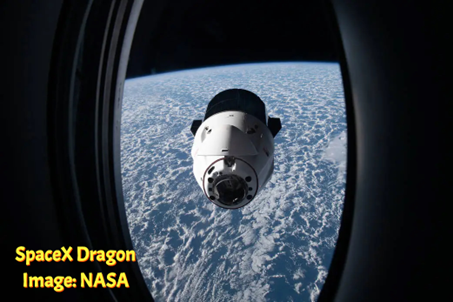AI Investments: Blowing up a Bubble
Investors appear to be making the most of the AI bubble that’s built-up over the past two years with early birds finding new ways to broaden the bucket and make money

By R N Chandra Shekhar
Just when we thought cryptocurrency would be the buzzword for the decade, along came artificial intelligence (AI) in its present form of generative AI (Gen AI) to burst that bubble and create a new one. Now, the same fear of exclusion that led to the crypto wave has come to roost with Gen AI. Anyone who is someone in the tech space has major plans and investments lined up for this Genie-in-a-bottle (or a Pandora’s box).
And for good reason as well. AI start-ups raised a whopping $42 billion and beyond in 2023 that was actually 10% below their levels in 2022. But, Goldman Sachs claims that the “success” of OpenAI could result in this number touching #200 billion next year. Strictly going by earlier definitions of a “bubble”, this would definitely qualify as one, won’t it?
The making of the bubble since 2022
We all know that having AI in a pitch deck was good enough for VCs to call you over and mentioning Gen AI was as good as getting money-in-the-bank. They were willing to pay big money to get into cap tables of such companies and did so too. Now, some early investors have found a way to hedge their risks through an innovative approach.
TechCrunch recently reported that smaller investors comprising family offices and high networth individuals are getting a finger in this pie through the special purpose vehicle (SPV) route too. Those with direct access to AI shart-up shares launch an SPV, get multiple investors pump in dollars and sell a part of their allocations for substantial fees without actually giving away their profit share from a larger sell-off.
Nothing illegitimate here as SPVs have given small investors a means to make money as a collective where individually they’ve no hope of doing so. The report notes that companies like OpenAI, Anthropic, Groq, and Elon Musk’s X.ai are some that are attractive. Especially since such early backers of such start-ups get pro-rata rights that translates into more shares for each fund raise while holding on to their percentage of the cap tables.
So, the early investor (PE / VC) can offer an SPV to their existing partner investors while maintaining their holdings and raising money from the latter while also charging additional fees for doing so. In fact, the report notes that AI start-ups are having multiple SPVs on their cap table representing lots of small investors. What is a win-win for the early investor could potentially become one for the rest or at worst end up as a small bad investment.
The FOMO culture and its negative impact
This sort of buyer-beware situation is what we described earlier as one where fear of missing out (FOMO) becomes the key factor. SPV sponsors are charging as much as 2% of the total invested money as commission while retaining as much as 20% of the profits. The report cited the case of Menlo Ventures’ $750 million SPC for Anthropic earlier this year where funds first invested and then resold a part of their allocation to others, charging more fees.
This frenzy is what makes us question whether there’s a bubble in the making? That there’s FOMO going around is obvious from the announcements big tech companies have made around pivoting towards AI research. In fact, Apple found itself in the eye-of-a-storm for not detailing its plans around the topic – to the point where Tim Cook made AI promises.
The tulip mania around a tech that’s robust
Given this scenario, can we accept that there is over-investment? The answer would be a resounding “Yes” and the SPV story vindicates it. The question though is how many of these start-ups would exist by 2030? Just too many companies are doing similar things means we could end up with the typical success rates of VC-funded companies at about 5%.
Which raises the question of revenue withdrawals from the world of AI. Media entrepreneur Nick Hilton writing in the Medium calls it the Tulip Mania. Scarcity may be a reality but once you acquire a tulip bulb, you either trade it or let it flower. So, the revenue potential only exists in the first instance – and early investors are already doing so with the SPVs. And the irony is that the small investors in these SPVs could be left holding the tulip – unclear about whether to sell it forward or let it flower.
However, there’s a bigger irony playing out in this milieu. And that is the robustness of the foundation models around which the entire Gen AI concept has been built. These are quite sound and could play a role in industry verticals when subject experts work in tandem with tech minds to create machine learning models. Proponents of AI have described it as the fundamental shift for next generation technology development.
Given this scenario, it depends on the industry itself as to whether they want to create a bubble or broaden it into a balloon that could potentially lead to a new era of internet-led innovation. For this to happen, true innovation needs to be differentiated from hype – the tectonic shift as opposed to the meme-worthy ones.
Remember, there was the dotcom bubble that burst but didn’t really harm the internet around which it was formed. Gen AI could be the same!








